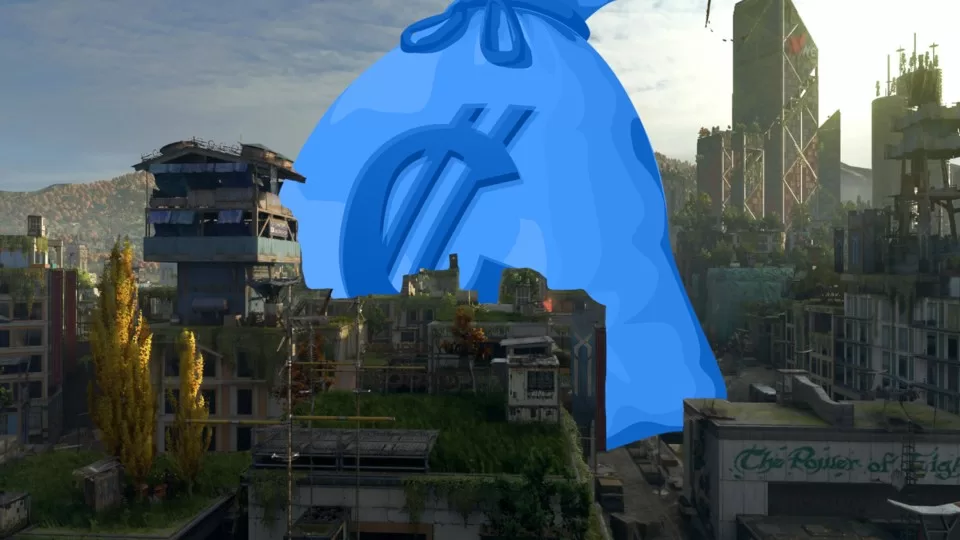According to a study, the inner core of the Earth would have stopped its rotation, before starting to turn again… in the other direction. The reality is a bit more complex.
In the depths of our planet, behind the mantle and then the liquid outer core, we find the core: it is the heart of the Earth. Also called a seed because of its ball shape, this part of the kernel is solid. Although the structure is so deep that it can only be studied indirectly, scientists suggest that this inner core is in rapid rotation. In question, the magnetic confrontation between the mantle and the crust, within which the core is caught in a vice.
But now new work now suggests that this rotation would have stopped, before starting again in the opposite direction. Published on January 23, 2023 in Nature Geosciencethis study is far from unanimous.
The proposed finding is as follows: the core rotated very quickly in one direction (the first study to mention this date of 1996), towards the east, then in 2009, its rotation seems to have suddenly stopped, before starting again in the opposite direction, towards the west.
A reversal of the core cycle every 35 years
This work is based in particular on the seismic waves of repeated earthquakes (known as “multiplets”) originating from the core of the Earth. If the core moved the same way as the rest of the planet, then these seismic waves should be similar. Except that, in the 1990s, scientists found that these waves accelerate by a fraction of a second compared to the rest. Clearly: the time difference in the seismic waves coming from the core suggest that it is rotating, and this, faster.
However, the authors of this new study note that from 2009, this temporal difference was no longer there. Then, after 2011, she gradually returned.
To explore the possibility of a more systematic character to this inversion, they also looked at older seismological records. And they then discovered that a similar phenomenon occurred in the 1970s: the nucleus would have stopped there again before reversing. For the authors, this suggests a periodicity of 70 years, with a reversal approximately every 35 years. A new inversion could thus take place towards the end of the 2030s.
However, this approach is by no means absolute. The scientific community has not even reached a consensus on the functioning of the terrestrial “seed”. There are other models: some show, for example, that the changes in the seismological waves would rather come from surface changes of the nucleus and this one would be motionless. Basically, we don’t know what’s going on, and each proposal falls under a model, in parallel to the others.

